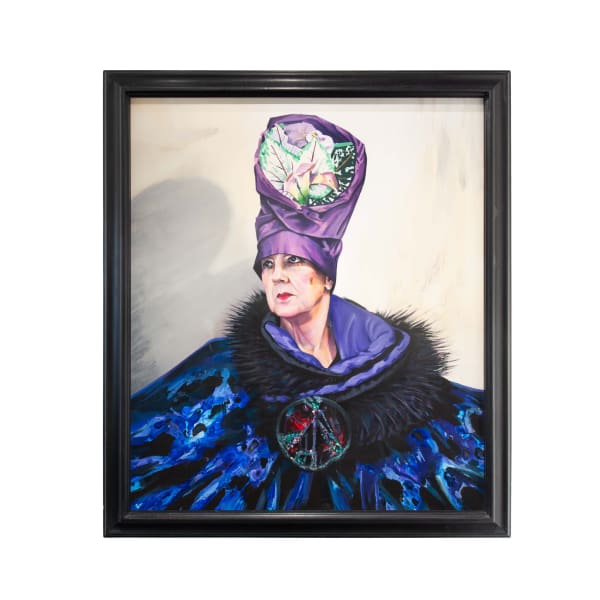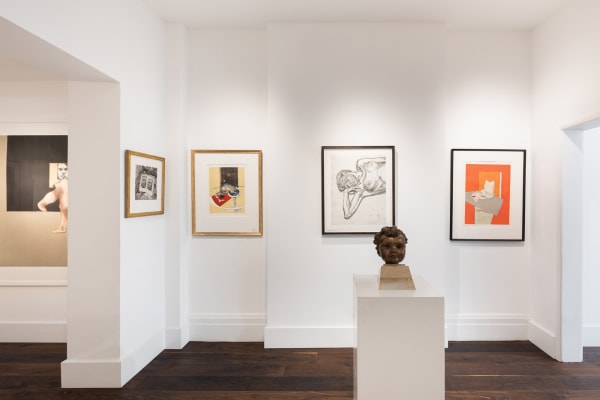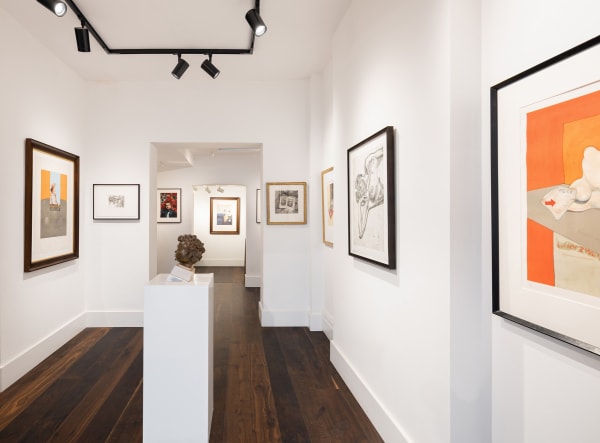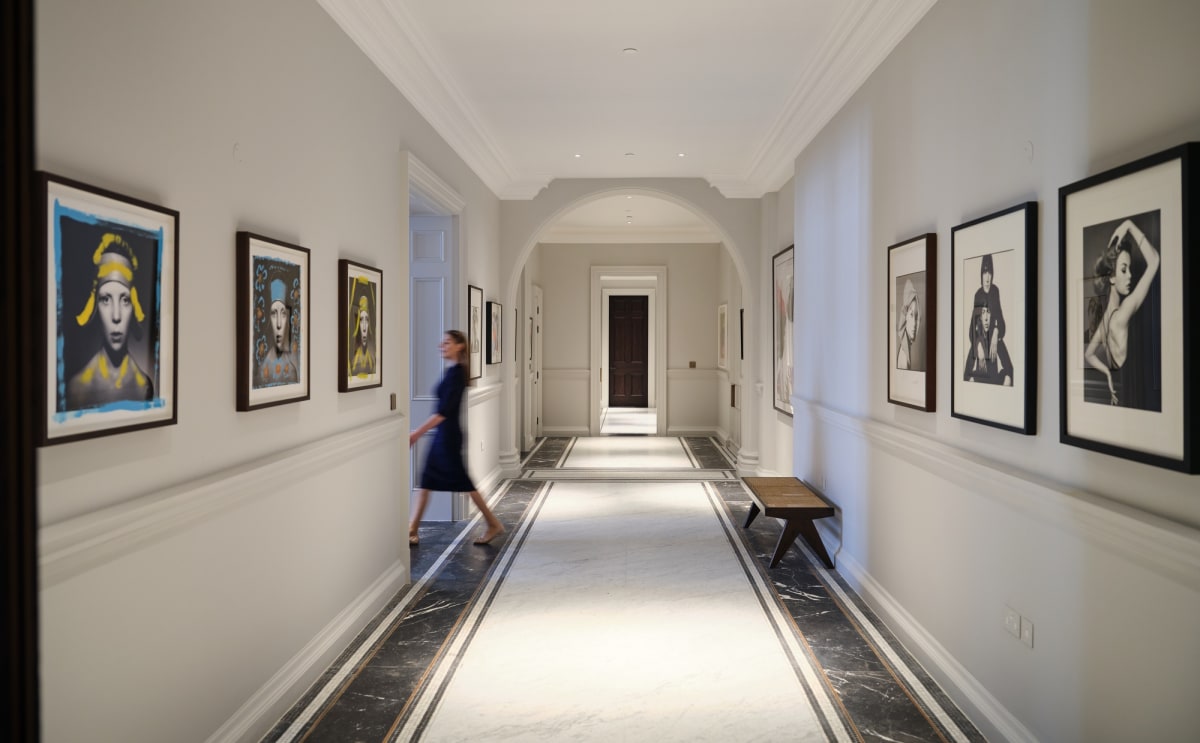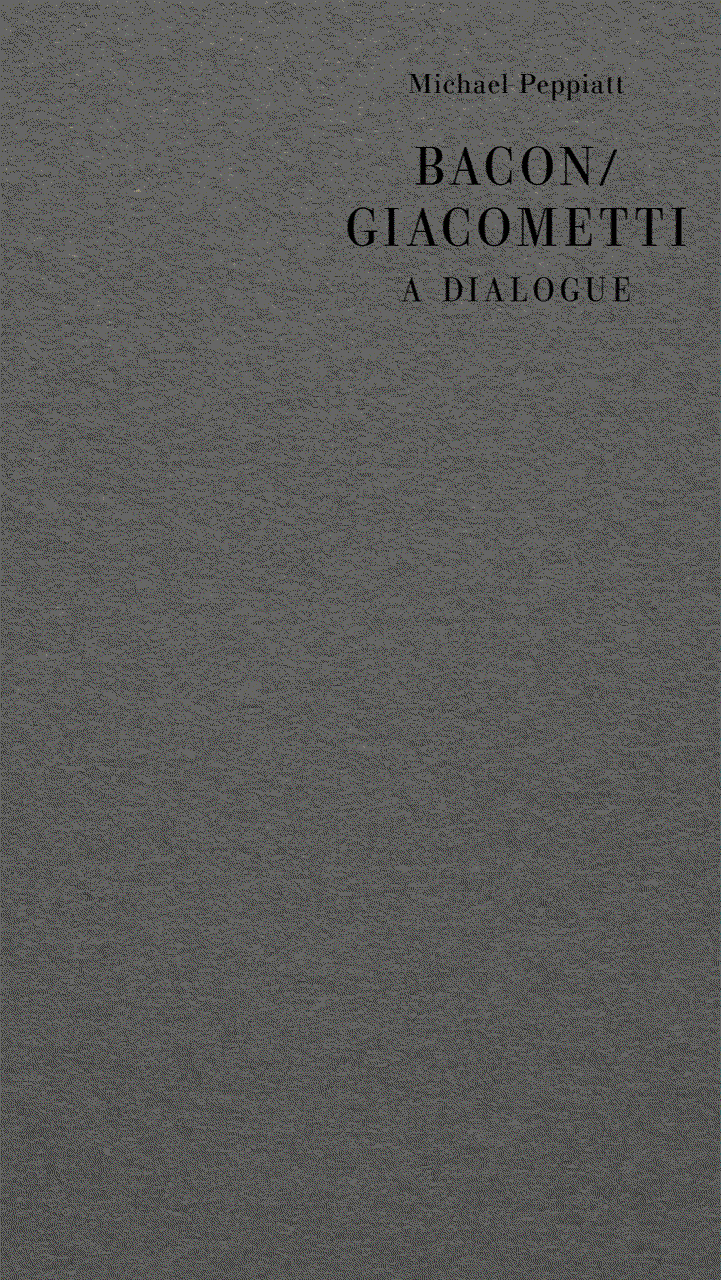FRANCIS BACON British, 1909-1992
Francis Bacon was a dominant figure of postwar art, and his canvases remain unmistakable for their contorted emotion and visceral physicality. “I would like my pictures to look as if a human being had passed between them, like a snail leaving its trail of the human presence... as a snail leaves its slime,” he once said. Among his signature motifs were screaming and disfigured heads, grappling homosexual lovers, and flanks of meat, and his style is characterized by its flat backgrounds and sense of motion, derived from the frequent use of photography and film stills as sources for portraiture. Mostly self-taught, Bacon nonetheless drew influence from an impossibly wide range of artists, from Vincent van Gogh, Eadweard Muybridge, and filmmaker Sergei Eisenstein, to Rembrandt, Masaccio, Titian, and especially Diego Velázquez, making explicit visual references to many of their works in his paintings. His lasting influence can be seen in particular among Young British Artists such as Darren Coffield, Jenny Saville, and Jake and Dinos Chapman.
We specialise in original works of art by Francis Bacon. For further information on artwork available through private sales, please do contact info@dellasposa.com
-

Post-War/Modern
Art at the OWO 8 Oct 2024 - 31 Jan 2025Dellasposa Gallery is delighted to present a new exhibition at The OWO Residences by Raffles in London. This historic venue, once the former War Office, now serves as a unique...Read more -

Eye of the Collector 2024
26 Jun - 31 Aug 2024Dellasposa is pleased to be participating in the fourth edition of Eye of the Collector, showcasing exceptional works of art by David Bailey, Antony Micallef, Pablo Picasso, Francis Bacon, and Howard Hodgkin,Read more
Eye of the Collector, London, is a unique fair that offers a curated presentation of art and design for sale in dialogue with beautiful architectural surroundings. The art fair works with a roster of internationally acclaimed galleries to ensure quality and provenance of every work presented.
The 2024 edition of Eye of the Collector will take place in a new venue at the beautiful Grade II listed Garrison Chapel at the Chelsea Barracks, the fair offers a unique environment in which to appreciate and acquire works by both emerging and established 20th and 21st Century artists and designers. -

Bacon/Freud
23 May - 31 Aug 2023Dellasposa Gallery is delighted to present an exhibition exploring the works of two prominent Modern British artists: Francis Bacon and Lucian Freud. This collection showcases these artists' unique and diverse...Read more -

Tales from the Colony Room: Art and Bohemia
15 Sep - 20 Dec 2020Tales from the Colony recounts the genesis of the modern and contemporary art scene that was cultivated by the artists who passed through the doors of the Colony Rooms, the infamous private members club for artists and writers in London. The exhibition presents works of art by Francis Bacon, Lucian Freud, R. B. Kitaj, F. N. Souza, Frank Auerbach, John Deakin, Daniel Farson, Bruce Bernard, Nina Hamnett, Isabel Rawsthorne, Michael Clark, Sir Peter Blake, Eduardo Paolozzi, Patrick Caulfield, Darren Coffield, Daniel Chadwick, Amelia Troubridge, David Bailey, Sarah Lucas, Maggi Hambling, and many more Modern and Contemporary British artists.Read more
Francis Bacon was a dominant figure of postwar art, and his canvases remain unmistakable for their contorted emotion and visceral physicality. “I would like my pictures to look as if a human being had passed between them, like a snail leaving its trail of the human presence... as a snail leaves its slime,” he once said. Among his signature motifs were screaming and disfigured heads, grappling homosexual lovers, and flanks of meat, and his style is characterized by its flat backgrounds and sense of motion, derived from the frequent use of photography and film stills as sources for portraiture. Mostly self-taught, Bacon nonetheless drew influence from an impossibly wide range of artists, from Vincent van Gogh, Eadweard Muybridge, and filmmaker Sergei Eisenstein, to Rembrandt, Masaccio, Titian, and especially Diego Velázquez, making explicit visual references to many of their works in his paintings. His lasting influence can be seen in particular among Young British Artists such as Darren Coffield, Jenny Saville, and Jake and Dinos Chapman.
We specialise in original works of art by Francis Bacon. For further information on artwork available through private sales, please do contact info@dellasposa.com


![Francis Bacon, l'Homme au lavabo [Figure at a Washbasin], 1978](https://artlogic-res.cloudinary.com/w_600,c_limit,f_auto,fl_lossy,q_auto/artlogicstorage/dellasposa/images/view/5d118e5fc7866027e82ee490bb85b3eb/dellasposa-francis-bacon-l-homme-au-lavabo-figure-at-a-washbasin-1978.jpg)




